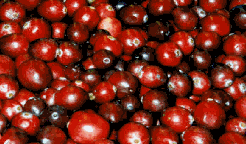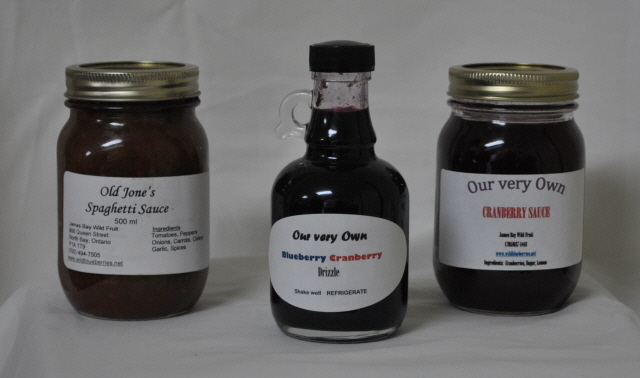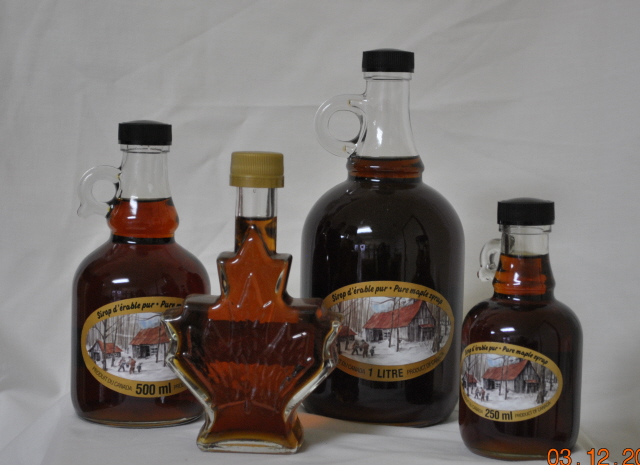Wild Blueberries primarily spread by rhizomes or underground runners. These rhizomes give rise to new roots and stems. All shoots arising from the same rhizome system have similar characteristics and are referred to as a blueberry clone. In unmanaged fields, the rate of spread by rhizomes averages only 5 to 8 centimeters per year. Where competition from weeds has been reduced, rhizomes have been found to grow as much as 38 centimeters in one season. It is this relatively slow spread of the rhizomes which accounts for the long period of time required to bring a new field from initial clearing to full coverage. As the rhizomes spread, new shoots are formed and emerge in early spring. These shoots are perennial and, unless subjected to pruning, they will continue to grow. During late summer and fall, buds develop on the shoot tips. These buds can be either flower buds or vegetative (leaf) buds. On new shoots, the ratio of flower buds to vegetative buds is greater as compared to two or three old shoots. In addition, the flower buds on new shoots are more winter hardy and produce more individual flowers. By taking advantage of this aspect of the biology of the plant, growers have been able to dramatically increase yields by pruning the fields on alternate years. This ensures that the fields are comprised of new shoots and thus have a high density of fruit-producing flowers. Production How the Plant Grows Land Requirements Field Development Harvesting |
    |
